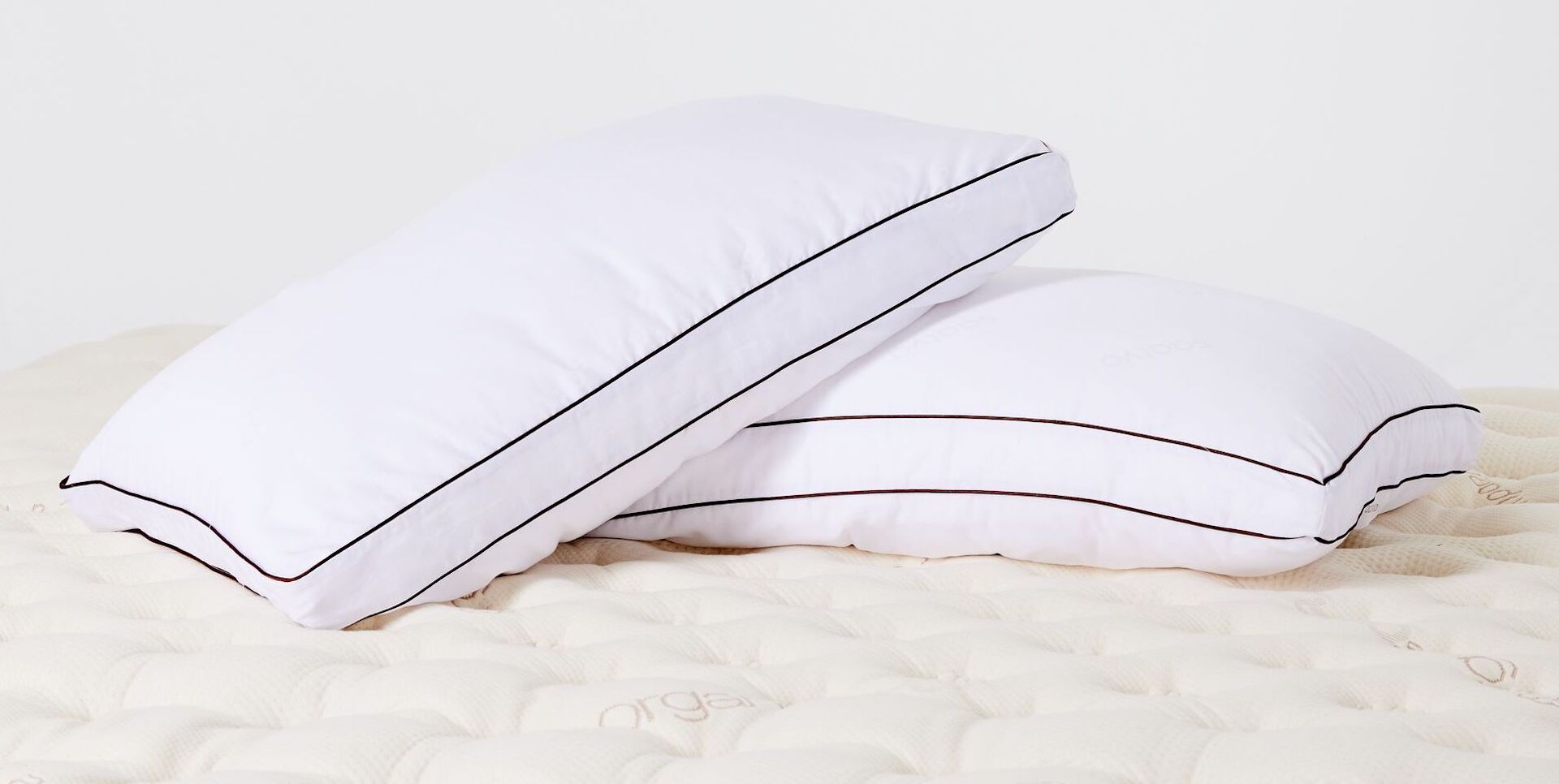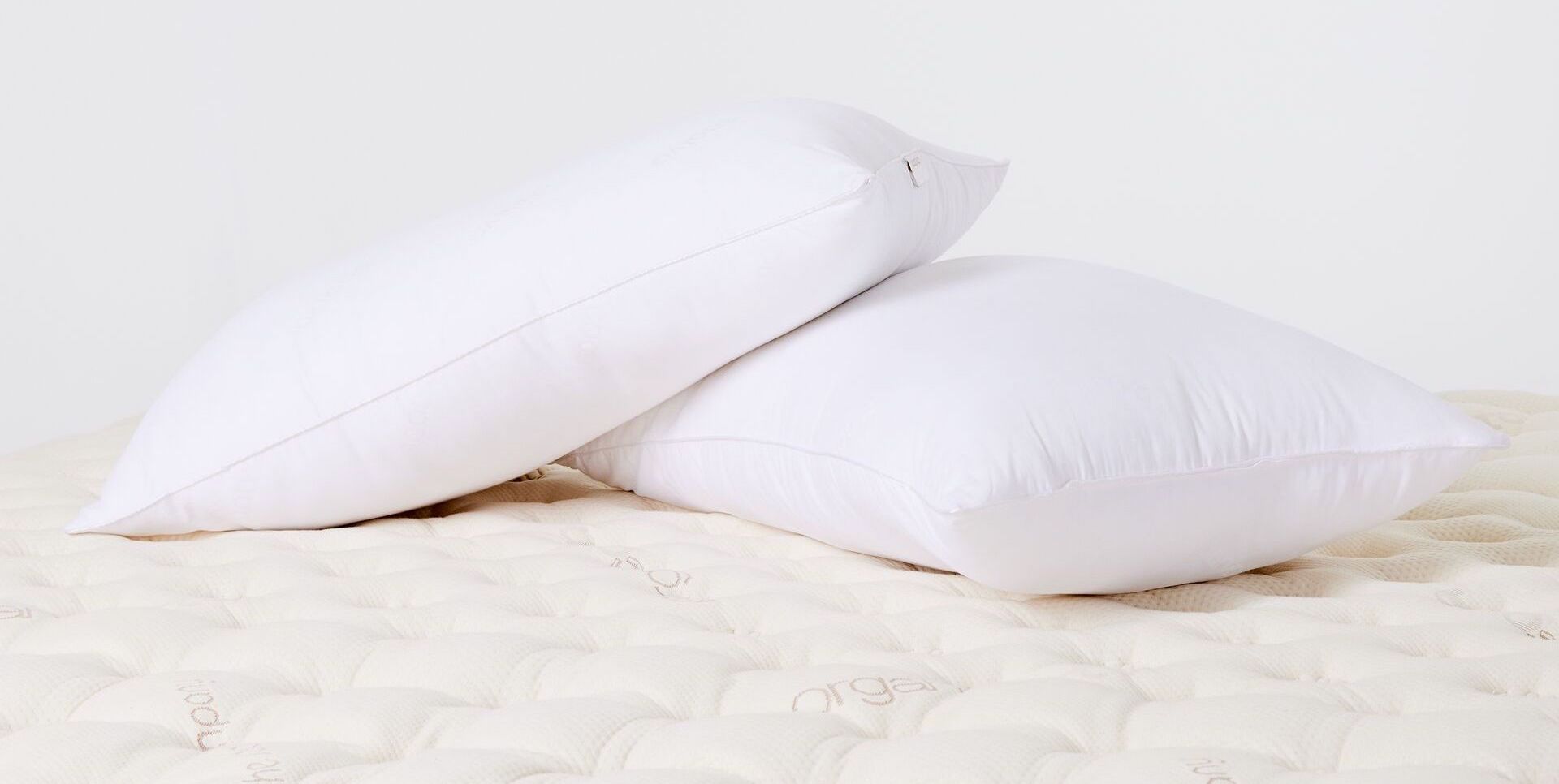If you answer “all of the above” when asked which sleep position you prefer—back, side, or stomach—then you are what’s known as a combination sleeper. And the right pillow can go a long way toward making sure you’re comfortable all night long as you switch positions.
Here’s how to find the best pillow for combination sleepers.
Best combination sleeper pillow
When choosing a pillow for this particular sleep style, keep in mind you want something versatile that can adapt throughout the night as you shift from one position to the other.
Here are the key considerations to consider when choosing a pillow for combination sleepers.
Pillow thickness
First, think about which positions you find yourself sleeping in during the night. This will inform which thickness will give you optimal support.
- Back sleepers tend to do best on a thinner to medium-thick pillow, as this will help keep your head and spine properly aligned.
- Side sleepers are best suited to a slightly thicker pillow, as this will help fill the gap between your head and the mattress.
- Stomach sleepers should choose a thinner pillow. A thick pillow puts more strain on the neck and may cause discomfort in the lower back. A pillow with about three inches of thickness is optimal.
A medium-thick pillow is usually a good middle ground for combination sleepers who switch from back to side throughout the night. If you shift from back to stomach during the night, meanwhile, consider a slightly thinner pillow.
Pillow firmness
A medium-firm pillow is considered the gold standard for combination sleepers. It offers just the right amount of comfort to all sleep positions you may find yourself in during the night. (Here are our best sleep tips for combination sleepers.)
Pillow material
The best pillow for combination sleepers will allow for easy movement, deliver a cool night’s sleep, and provide adequate head and neck support.
A latex pillow is a good option for combination sleepers. Latex is a very buoyant and responsive material, meaning it’s easy to move around on, yet it contours to your head and neck like memory foam so it’s good at preventing neck pain. Latex is also naturally breathable, making it a particularly nice choice for combination sleepers who end up on their stomach during the night. That’s because feeling hot is a common complaint among stomach sleepers.
A down pillow is another suitable pick for combination sleepers. It’s fluffable, meaning you can shift around the fill to suit a particular sleep position. Down also stays cool while you sleep. Just keep in mind that down pillows tend to lose their shape, so they may not provide as much support for your head and neck as you need.
One type of pillow you may want to avoid as a combination sleeper: memory foam. Although a memory foam pillow will readjust as you change position, it sometimes takes some time to do so—meaning it may not be the best option if you move around a lot in your sleep. Traditional memory foam also sleeps hot, so you’ll want to skip this kind of pillow if you move onto your stomach while you snooze.
For more advice on choosing the right pillow to suit your needs, we’ve put together this handy list of articles on the best pillows for different sleep positions:
- How to Find the Best Pillows for Side Sleepers
- How to Find the Best Pillow for Back Sleepers
- How to Find the Best Pillow for Stomach Sleepers






